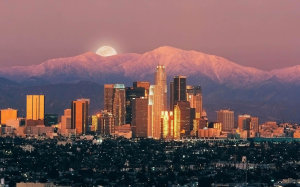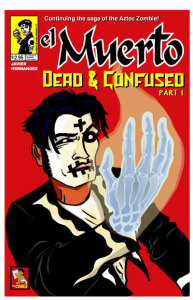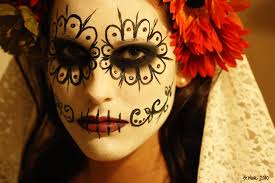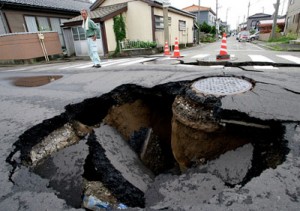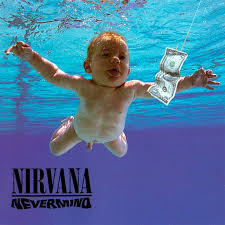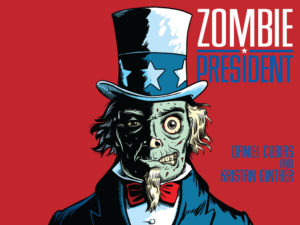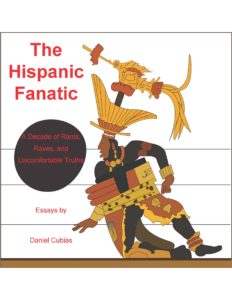I’ve lived in Los Angeles, on and off, for about ten years now. I love it here, and I believe it’s one of the greatest cities in the world.
But like any metro, it has its problems. Many of those can be summed up in the work “traffic,” but of course there are deeper issues as well.
The always-insightful Chris Rock recently addressed one of those problems when he wrote the following:
“There’s a slave state in LA. There’s this acceptance that Mexicans are going to take care of white people in LA that doesn’t exist anywhere else.”
I can vouch for the fact that multitudes of Hispanics (not just Mexicans) are constantly serving white people in LA. This issue crisscrosses some of our favorite topics — race, ethnicity, class, wage disparity, egalitarianism, free will, and so on — and it will not be resolved anytime soon.
But while Rock’s slave quote got a lot of attention, I thought his more salient point was the following:
“You’re telling me no Mexicans are qualified to do anything at a studio? Really? Nothing but mop up? What are the odds that that’s true? There’s probably a Mexican David Geffen mopping up for somebody’s company right now. The odds are that there’s probably a Mexican who’s that smart who’s never going to be given a shot.”
Yes, it’s not just that Latinos are a perpetual underclass in LA (and indeed, in much of America). It is that even the best and brightest do not have the same resources and access that most white people — even the no-talents and the mediocre — take for granted.
In essence, it’s tough to stop being a slave. But as history has shown us, not only can it be done, but it will be accomplished, eventually.
